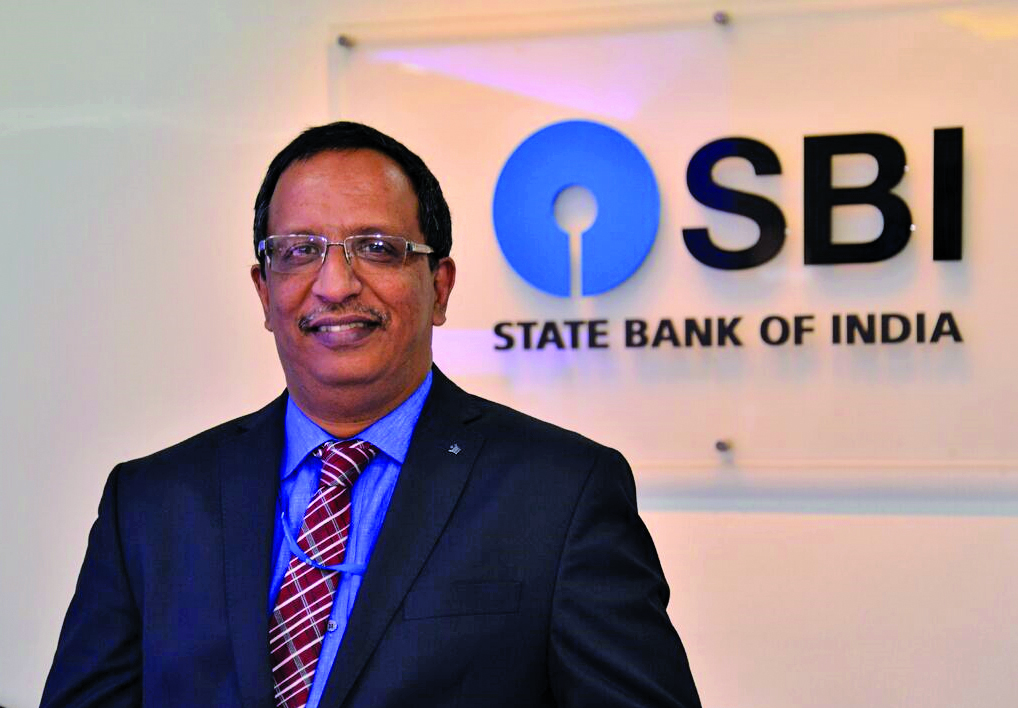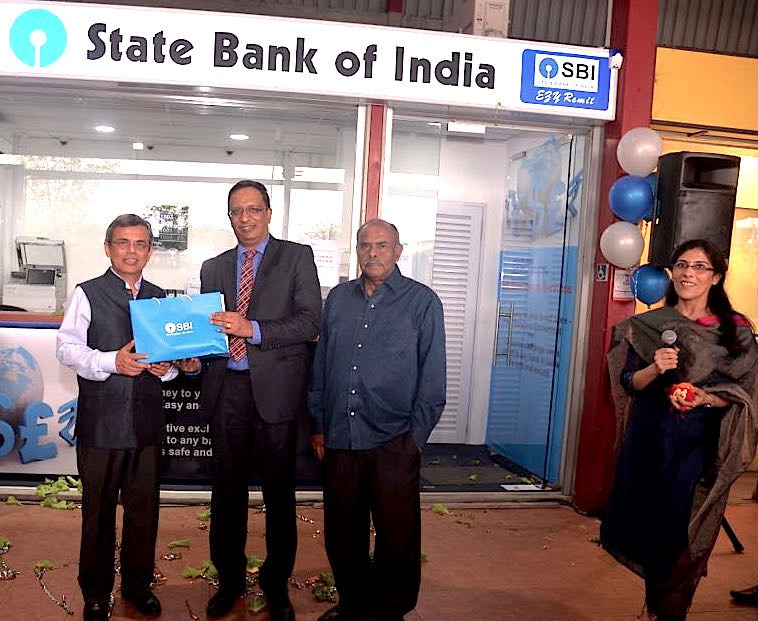With the recent falling Rupee, NRIs and foreign portfolio investors alike are looking to cash in through remittances and investments, leading to many financial institutions expanding their money transfer facilities. The State Bank of India (SBI) is no exception.
India's biggest lender, with offices in 36 countries and close to 190 branches, recently opened its first remittance centre in Singapore, christened ‘Ezy Remit’.
Soma Sankara Prasad, SBI's Country Head of Singapore, revealed the bank’s strategy to tap the Singapore to India remittance corridor, potentially worth SGD1.16 billion, through various modes. The bank also offers attractive exchange rate on remittances along with convenience and ease of transactions.
CtoI: India has been the top receiver of the remittances in the world, getting over USD69 billion (SGD94 billion) remittances in 2017 mainly from the Indian migrant workers in Middle East. How will SBI tap getting the remittances from the migrant workers of South Asia particularly from India?
Soma Sankara Prasad: As per World Bank data, Singapore to India remittance corridor is approximately USD 850 million. SBI has been an active player in this market and is trying to extend its reach through various modes like Remittance through ATM, Remittance outlet and Remittance via UPI.
CtoI: What financial target of remittances has been set up by SBI for the current year and the subsequent years?
Soma Sankara Prasad: SBI is an active player in the remittance market and our objective is to offer convenience to customers looking to remit money to India .
CtoI: SBI remittance outlet- Ezy Remit has been specifically opened targeting migrant workers. As most of these people are not well versed in online banking, how are you going to train them so that they easily remit money back to their country?
Soma Sankara Prasad: The outlet has been opened to bring convenience and ease for migrant workers who are not well versed with online banking. The intended purpose is to help them remit through formal banking channel. The Bank would encourage cashless payments .
CtoI: What has been the effect of the recent weakening Rupee on remittances?
Soma Sankara Prasad: The depreciation in the Indian rupee always has a positive impact on the remittances. The remitters can cash in on the pricing difference and remit more money back home.
CtoI: What are the advantages of sending remittances through SBI?
Soma Sankara Prasad: Remittance is easy and secure with India's most extensive bank network of 23000 + branches spread across length and breadth of the country. India’s largest bank offers attractive exchange rate on remittance along with convenience and ease of transactions.




